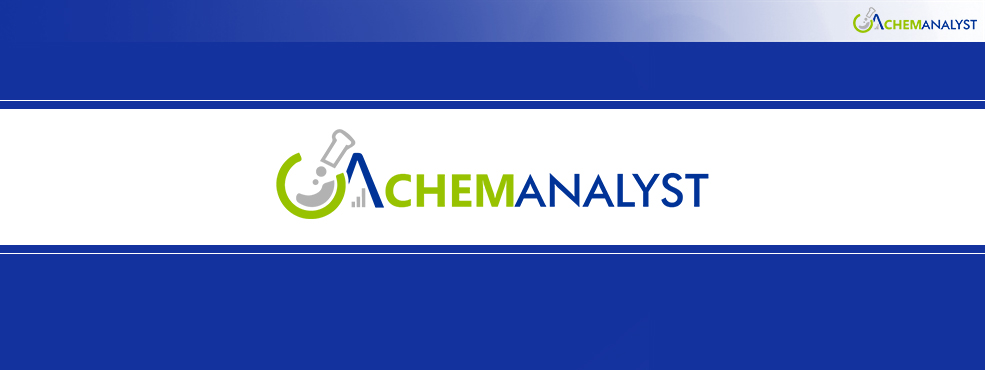Welcome To ChemAnalyst

EPBP launches a protocol simulating multiple PET recycling loops to align packaging design with future EU circularity and recyclability standards.
The European PET Bottle Platform (EPBP) has introduced a significant new testing framework, the PET Circularity Test Protocol, aimed at modeling how PET bottles perform over multiple recycling cycles. This new tool is designed to simulate repeated recycling loops, offering a more comprehensive understanding of how packaging degrades and performs through extended reuse, and it is expected to play a crucial role in helping the packaging industry adapt to tightening European Union (EU) regulations.
The Circularity Test Protocol goes beyond EPBP’s existing Design for Recyclability Test Protocol, which assesses a PET bottle’s initial recyclability. While the current protocol remains aligned with the EU’s Packaging and Packaging Waste Regulation (PPWR)—which mandates a minimum of 30% recycled content in PET bottles by 2030—the new protocol provides a broader, long-term view of material performance. Specifically, it is designed to reflect the evolving regulatory landscape that emphasizes not just recyclability, but true circularity, where materials retain sufficient quality for reuse over many life cycles.
EPBP will maintain both the recyclability and circularity testing protocols during a transition phase. This allows companies flexibility in how they validate their packaging while the industry adapts to more robust standards. However, EPBP is encouraging early adoption of the Circularity Test Protocol, cautioning that packaging which meets today's recyclability criteria may not be sufficient under future circularity requirements. To ease this transition, the organization is engaging with industry stakeholders and plans to release updated design guidelines that align with the new protocol.
One of the critical technical concerns addressed by the Circularity Test Protocol is the gradual degradation of PET material quality through repeated mechanical recycling. Although PET (polyethylene terephthalate) is well-known for being one of the most recyclable plastics, its mechanical properties diminish with each recycling cycle. This occurs because the polymer chains in PET begin to break down over time, resulting in reduced tensile strength, loss of transparency, and other quality impairments. Contamination during the recycling process can accelerate this degradation, further reducing the material's reusability in high-performance applications.
Typically, PET can be mechanically recycled up to seven times, though the exact number depends on various factors such as the level of contamination and the specific end-use application. By simulating multiple recycling loops, EPBP’s new protocol helps stakeholders identify potential design flaws and quality loss earlier in the product lifecycle, enabling better material choices and packaging innovation.
With this move, EPBP is reinforcing its role as a key driver of sustainable packaging practices and aligning the PET bottle industry with Europe’s circular economy goals.
We use cookies to deliver the best possible experience on our website. To learn more, visit our Privacy Policy. By continuing to use this site or by closing this box, you consent to our use of cookies. More info.
